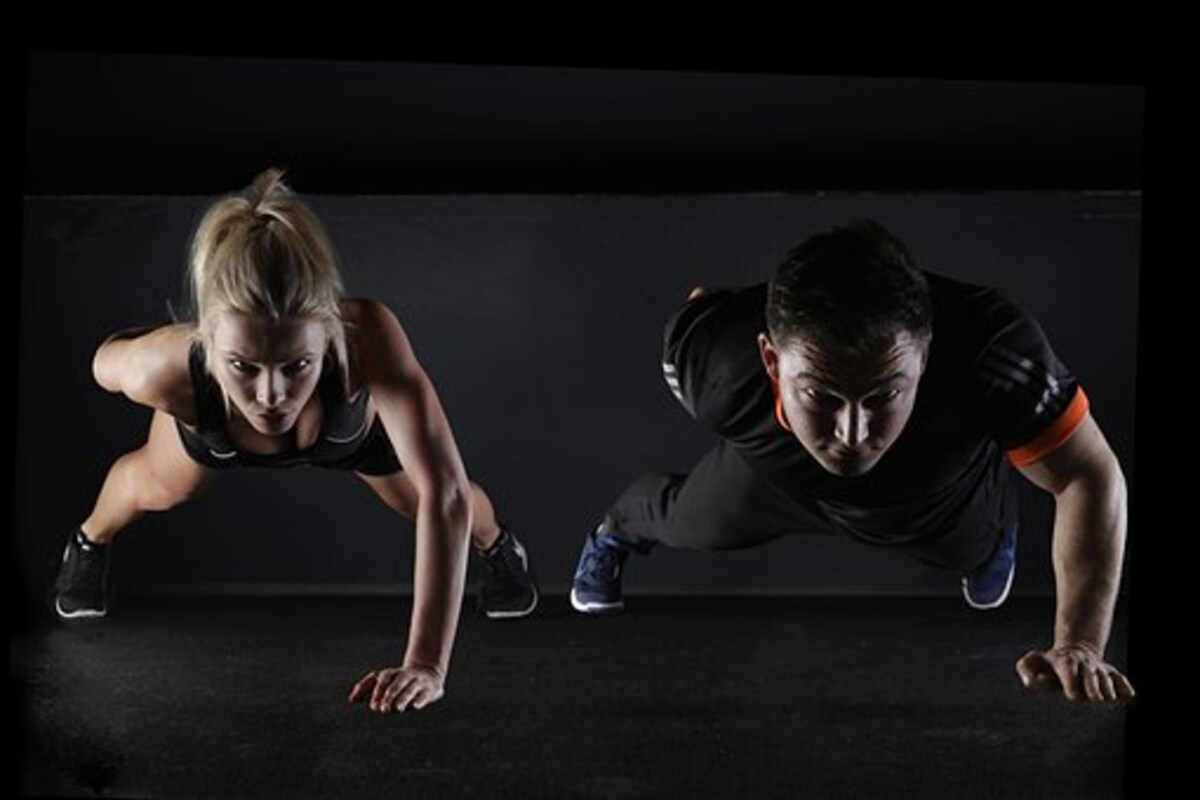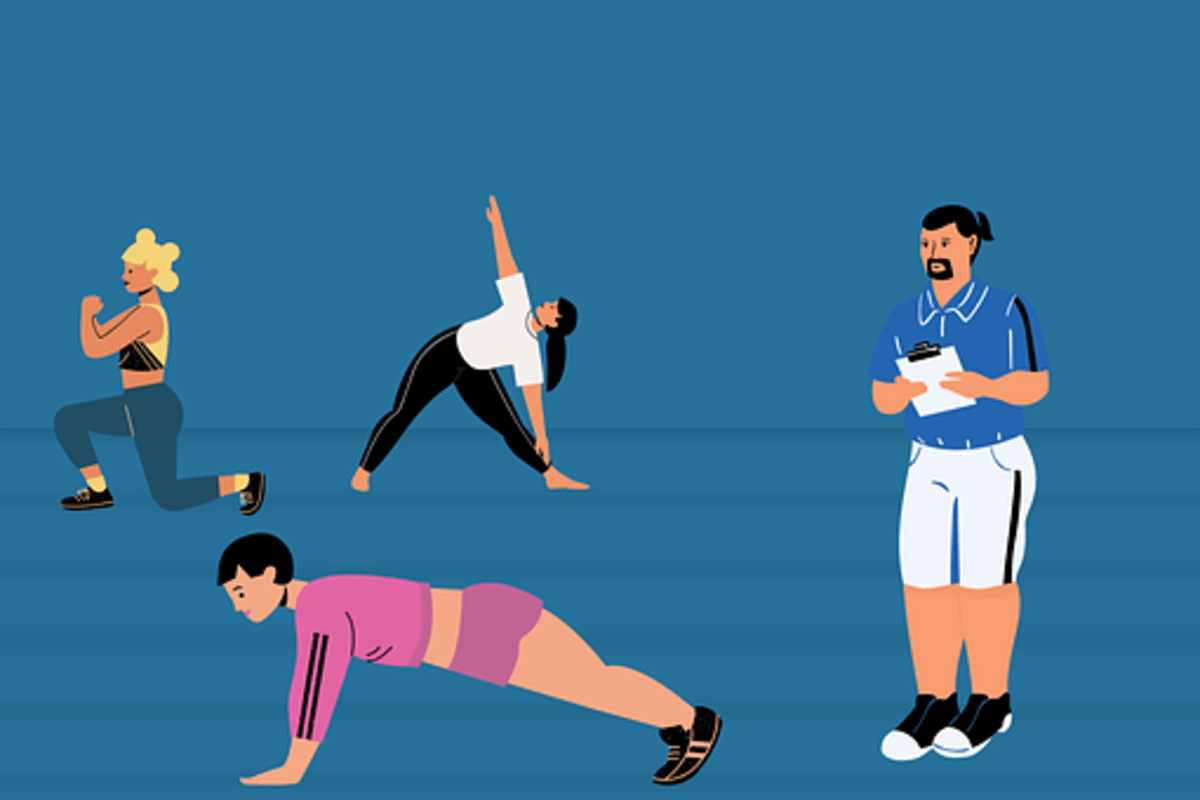Losing weight by running
So, you’ve decided to begin running. One of the best ways to lose weight and get in shape is to go for a run. Running might help you gain stamina and strength from the inside out. Consistent running can drastically improve one’s quality of life.
If you want to start jogging, you must familiarize yourself with running training fundamentals. You’ll need to buy some running gear, make a training schedule, and make some dietary changes.
As the adage goes, putting one foot in front of the other is all it takes to run. It’s a skill we humans have developed to be particularly adept at over time. Our physiology is optimized for fast running. Humans have a substantial edge over other animals in long-distance running due to our sweating abilities and well-balanced torso and head.
When I first started running, I, too, would have a terrible stitch and be absolutely out of breath after only half a block. Once I started practicing regularly, I noticed a tremendous improvement. The progress was noticeable after just one week. After about two weeks of consistent jogging, I could cover one kilometer without walking. After logging a few more weeks on the pavement, I could jog without becoming winded or having my heart race (and here I was, dismissing runners as braggarts). When my legs started to hurt from running, I knew it was time to stop.
During this time, I was mindful of what I put into my body. It’s difficult not to when anticipating your planned run for later that day. I started drinking protein drinks and drastically reduced my sugar and carb intake. Weighing in at 110, I shed 10 pounds.
Whether you aim to run a specific race, feel more energized, or lose weight doesn’t matter. Your training must begin at some point. My starting point recommendations are as follows.
Learn the Facts Get a subscription to a running publication. Having the content appear periodically throughout the year will keep it in your memory, making it more challenging to forget about exercising altogether. These publications are an excellent resource for learning about new running methods, reading reviews of proper running gear, and getting general advice from running specialists. I think “Runners World” is great and encourage everyone to check it out.
It would be best to consider purchasing a couple of books and a magazine membership. Lots of information is out there. Everything from taking a deep breath and standing up straight to creating effective workout plans and coping with injuries. Look at what’s available on Amazon.com or your neighborhood bookstore for ideas.
Machines in Operation All you need is a sturdy pair of running shoes. Find a pair that fits you perfectly and wear them. For excellent advice on running footwear, visit a store that caters only to runners. Between 800 and 1000 kilometers is the typical lifespan of a pair of running shoes. You shouldn’t skimp on this piece of machinery.
Double-layered sports stocks, shorts or running tights (even if I use pantyhose), a running jacket, gloves, and a beanie are great for running in the cold.
The heart rate monitor has been the training breakthrough of the decade. While running, this gadget can provide reliable readings of your heart rate. The rate at which your heart beats can be a reliable indicator of how hard you work. By constantly monitoring it, you can ensure that you remain in the optimal “zone.” For instance, once my heart rate reaches 180 beats per minute, I will begin to breathe more heavily and need to either slow down or stop. I know I can run further and burn more calories if I maintain my heart rate to around 160 beats per minute.
Connecting the sophisticated heart rate monitors to foot pods or global positioning systems provides additional data on distance and speed. Each will serve as a powerful spur to your fitness efforts.
The Runners’ Journal Maintaining a log book is helpful. You’ll be motivated to fill in the blanks with evidence that you’re executing the activity. Keeping track of your runs in a journal is a terrific way to reflect on your progress and identify areas for improvement in your training. That can be useful in the pursuit of a new PR.
You should record your pace, how long you ran, how you felt, the temperature outside, and the precipitation level in your log book. Keeping track of your shoes can help you determine when to buy new ones.
First and foremost, If you need some inspiration, I recommend joining a local running group. Sign up for a 5K or 10K and train so that you can finish it as quickly as possible. Keep yourself in condition by knowing you have another run soon. Make some new friends and get them to join you. Don’t put off entering a race unless you can complete the distance. My first 10K was completed when I could only run a distance of 2 kilometers without stopping. The rush of adrenaline will improve your performance during a race.
Fitness Nutrition You should eat regularly if you want to keep jogging. People often struggle to improve their running times because they aren’t eating enough. It’s common to fantasize about how much further you could run if you shed only 5 pounds. Suppose you don’t replenish the proteins and carbohydrates your body uses to repair the muscle fibers you break off while running. In that case, you’ll end up with less muscle mass and a slower metabolism, making it more challenging to lose weight in the future.
That’s hardly a justification for pigging out after a run. To stay in shape, eat a healthy meal with protein and carbohydrates.
It’s known that your body can only burn off roughly 250 calories of fat every hour. In other words, if you burn 700 calories in an hour of exercise, most of those calories come from either food or muscle. This is why 60% of your maximum heart rate is all you need to get maximum fat burning.
In addition to Surging, Running is fantastic, but if you want to see the most significant improvement, you must also do these other activities. Injuring yourself is inevitable if you run too much without giving your body time to adjust to the stresses. A good portion of your training time should be spent running, but you should also incorporate cross-training workouts. Think of activities like rollerblading, biking, swimming, and even wall climbing that will increase your heart rate. Your cardiovascular system will benefit from this, and your joints will be spared the wear and tear of a jogging routine.
Learning the correct method of stretching is also crucial. If you stretch before and after every run, you’ll reduce your time spent recovering, boost your running performance, and reduce your risk of injury. Don’t forget to include stretching in your daily regimen. Once a week, I devote my entire yoga practice to stretching.
The foundation of your running training should be strength training, which is essential if you want to go faster. Building up your leg and abdominal muscle strength can help tremendously. Leg strength increases speed, reduces the risk of injury to the ankles and knees, and enables you to maintain balance. You may strengthen these muscles by doing hill sprints, squats, and lunges at home or in the gym. Having a solid core will significantly improve your running performance. It will alleviate the pressure that could otherwise be felt in the lower back. Do some sit-ups and the bridge to strengthen your abs (if you need more ideas, peruse any of the most recent health magazines).
Thanks, Matt Warren,
Addict Runner,
Read also: Major Benefits of Fitness Training Along with a Personal Trainer




